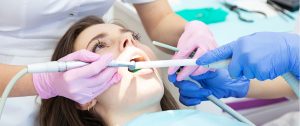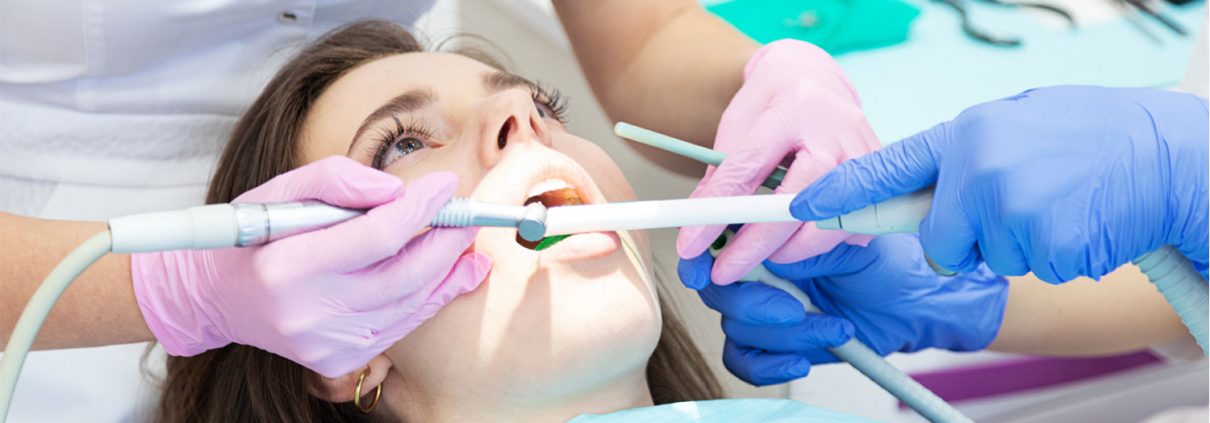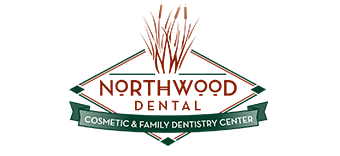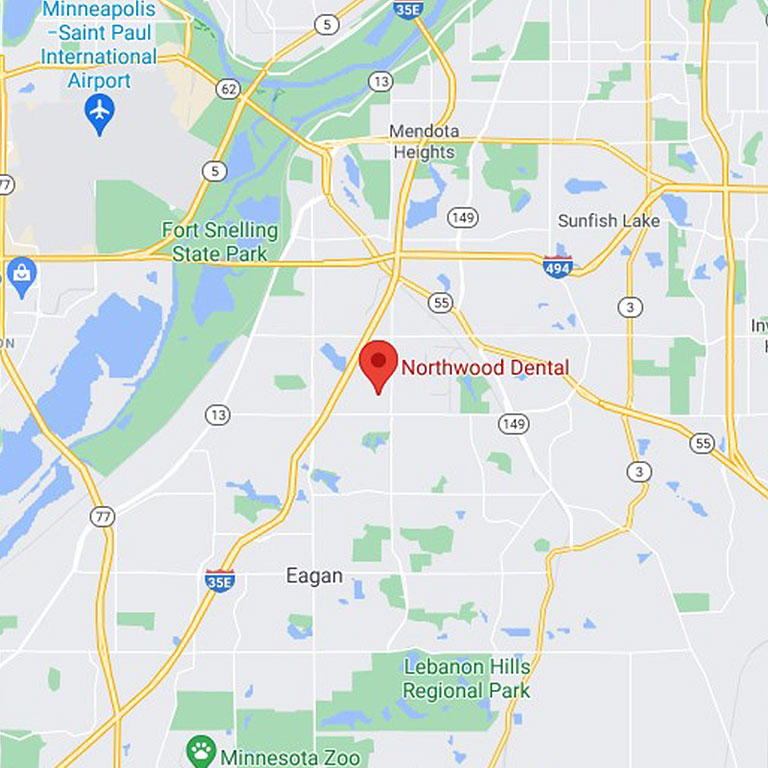Complete Guide to Mouth Rinses
MINNEAPOLIS DENTIST SHARES COMPLETE GUIDE TO MOUTH RINSES
Most people incorporate mouthwash into their dental care routine. Some rinses kill germs to prevent bad breath, plaque, and gingivitis. Others just freshen your breath. If you want to use a mouth rinse, here are some things you should know.

When to Use a Mouth Rinse
Many dentists say that fluoride toothpaste is enough for the majority of people looking to battle cavities. With that said, an anti-cavity rinse is proven to fight up to an additional 50-percent of bacteria. They also fight bad breath.
The downside is that mouth rinses are capable of masking signs of serious conditions or diseases that require you to visit the dentist.
Using a Mouth Rinse
First, you want to make sure that you’ve brushed and flossed properly. Then, ensure that you measure the appropriate amount of rinse in the container. Keep your lips closed tightly and allow your teeth to split apart gently. Swish your rinse around in the mouth just as forcefully as you can while keeping the mouth closed.
You should swish for a minimum of 30 seconds. When it’s done, simply spit the liquid into the sink. Then, don’t eat anything, smoke, or drink for another 30 minutes afterward.
Side Effects of Rinses
If you use mouthwash with high levels of alcohol, it could lead to a burning feeling in your cheeks, teeth, or gums. Alcohol can also lead to root sensitivity, numbness, mouth ulcers, soreness, stains on the teeth, and decreased taste.
Other rinses that contain sodium fluoride have the potential to cause toxicity when swallowed. That’s why children should never be allowed to rinse without your adult supervision. In fact, it’s often best that children don’t use mouthwash at all.
Mouthwash is a great way to add to your dental care routine, but it should only be done once you’ve already taken the necessary steps of flossing and brushing. If you are unsure which rinse is best, ask your Minneapolis dentist for a recommendation. They will know which is best for your specific dental needs. With tools like mouthwash, you can achieve a healthy, beautiful white smile.







Leave a Reply
Want to join the discussion?Feel free to contribute!